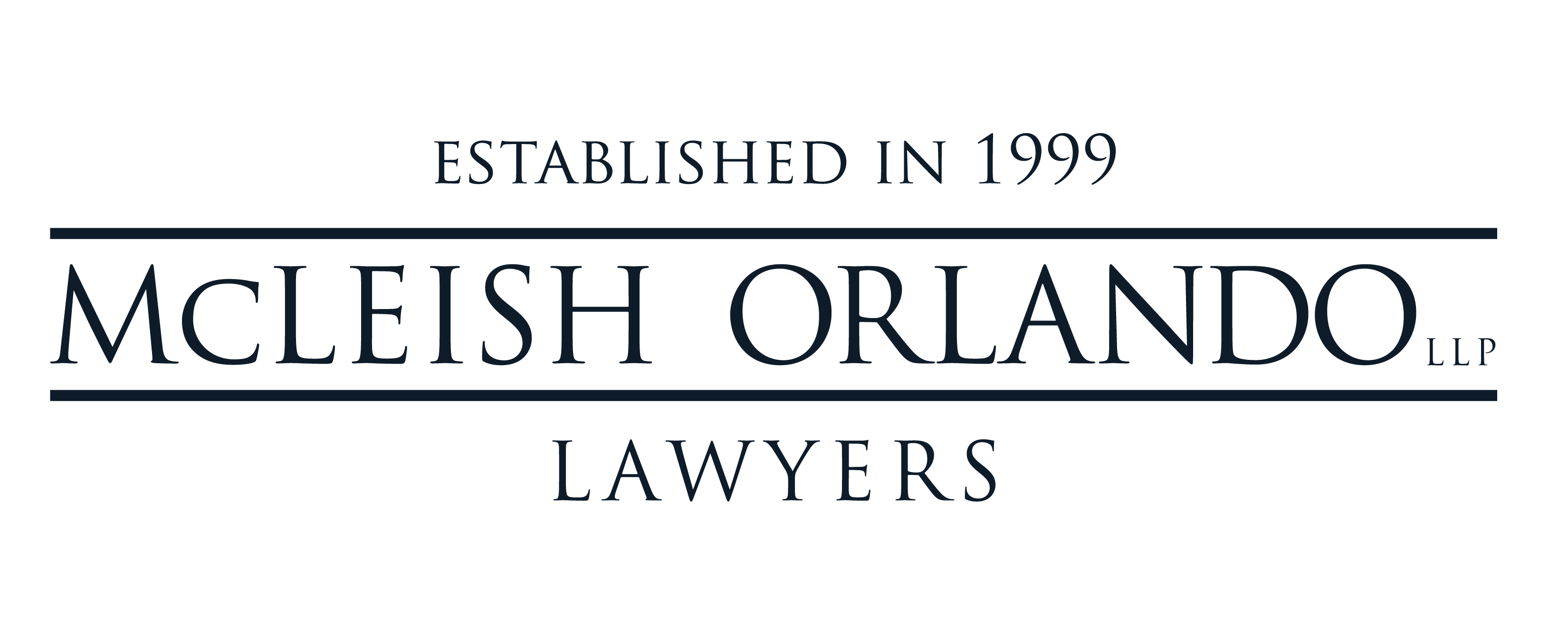By: Dale Orlando, Principal Partner, and Cierra Hurley, Articling Student
7 minute read
Introduction
September marks the return of backpacks, sharpened pencils, and early morning routines. For many families, the excitement of a new school year is mixed with nerves, especially for parents who are placing their trust in teachers, administrators and bus drivers to keep their children safe. Schools are not just centres of learning; they also take on the important role of guardianship during school hours. While most school days pass without incident, injuries can and do happen. When they do, parents are often left wondering: who is responsible?
Your Child’s Safety at School: Who is Responsible?
When you drop your child off in the morning, the school assumes legal responsibility for your child’s safety. Under Ontario law, school boards, principals, and teachers owe students a duty of care. This duty is the legal obligation to prevent acts or omissions which could foreseeably cause harm to students placed under their supervision. How this duty is carried out is measured by the standard of care, which requires educators and administrators to act reasonably. In practice, this means taking appropriate precautions, providing adequate supervision, and maintaining a safe environment in a manner that a careful parent would in similar circumstances.
This duty and standard apply in all school-related settings: classrooms, playgrounds, gymnasiums, field trips and on school buses. If a school falls short of the required standard it will be held legally responsible for any foreseeable injuries resulting to a child.
Liability for a child’s injury at school often involves multiple parties, reflecting the reality that such incidents typically have several contributing factors. Teachers and staff are responsible for providing reasonable supervision and responding appropriately to risks. School boards must implement effective safety policies and ensure facilities, playgrounds and equipment are properly maintained. The conduct of other students may also factor into liability, particularly if one child intentionally or negligently causes harm. Additionally, bus companies and third-party service providers share responsibility for safety during contracted services as they are expected to follow safety protocols and maintain vehicles and equipment properly.
Ultimately, the law recognizes that keeping children safe at school is a shared responsibility. Each party, including educators, administrators and service providers has a role to play in preventing incidents and protecting children from harm.
Common School-Related Injuries
Children spend a significant portion of their day at school, engaging in learning, play, and extracurricular activities. While schools strive to provide a safe environment, certain types of injuries occur more frequently than others. From playground mishaps and sports-related incidents to slips on school grounds, these common injuries can range from minor scrapes to serious harm requiring medical attention. Understanding who is responsible is important, but it’s equally important to know what types of injuries most often occur at school:
- Playground Injuries: Falls from slides, swings, and climbing structures are common, ranging from minor scrapes to serious injuries including serious orthopaedic and traumatic brain injuries. The severity of harm often correlates with the condition of the equipment and the level of supervision provided. Under Canadian Standards Association (CSA) guidelines, playgrounds should have soft landing surfaces beneath play structures. If these safety measures are absent, the school board could be found negligent for failing to meet established safety standards. Regular inspections and maintenance are essential to reduce the risk of serious incidents.
- Slips, Trips, and Falls on School Property: Schools have a legal duty to maintain safe premises for students and parents. This includes clearing snow and ice during winter, repairing broken stairs or handrails, and addressing hazards. When a child slips, trips, or falls because of neglected hazards, liability may arise under Ontario’s Occupiers’ Liability Act, particularly if the risk was foreseeable and preventable.
- Sports and Gym Class Injuries: Participation in physical education and school sports involves inherent physical risks. Teachers and coaches must design activities appropriate to students’ ages, abilities, and skill levels. Failure to provide proper instruction or safety equipment can constitute a breach of the standard of care. Liability typically depends on whether the teacher acted reasonably in preparing and supervising the activity.
- School Bus Incidents: Travelling to and from school may seem routine, but it carries real risks. Taking precautionary measures to ensure school bus safety is essential. Incidents can occur during boarding, disembarking, or while the bus is in motion. Schools, bus drivers, and transportation providers all share a responsibility to ensure students are safe on their way to school. When negligence, such as careless driving, inadequate vehicle maintenance, or insufficient supervision, contributes to an incident, responsibility may be shared among the driver, the bus company, and the school board.
For more practical safety tips to help protect your child at school, see our previous blog here.
Steps You Should Take if Your Child is Injured at School
When your child is hurt at school, it’s natural to feel overwhelmed. While your primary concern is their health and safety, it’s also important to take steps that protect both their well-being and your legal rights.
- Ensure Immediate Medical Care: Seek medical attention promptly, whether through the school nurse or an external healthcare provider. A professional evaluation is crucial. Keep detailed records of all medical visits, treatments, and any associated costs, as these documents may be important for future reference.
- Gather Evidence and Document the Incident: Collect comprehensive information about the incident. Take clear photographs of any deficiencies on school property and any visible injuries. Encourage your child to describe the event while the details are fresh. Request an official incident report from the school and note the names of any witnesses.
- Communicate with School Authorities: Contact the school administration to discuss the incident. Inquire about the school’s supervision policies and any measures being taken to prevent similar incidents. Open communication can help clarify the situation and demonstrate your proactive approach.
- Keep Detailed Records of All Correspondence: Maintain a file of all communications with the school, including emails, notes from meetings with school administration, and letters.
- Consult a Legal Professional: Early legal advice can help prevent missteps that could affect your ability to pursue a claim. By working with a legal professional, you can make informed decisions, address concerns confidently, and take appropriate steps to secure support or compensation when necessary. Ultimately, consulting a lawyer ensures that you have a knowledgeable advocate in your corner during a challenging and emotional time.
Conclusion
At McLeish Orlando Lawyers, we are committed to supporting families in these challenging circumstances. If your child has been injured at school and you are unsure about who may be responsible or what steps to take, our experienced team can provide guidance and help you explore your options.
Protecting children is a community effort, and with the right information and support, you can ensure that your children receive the care and safety they deserve.





